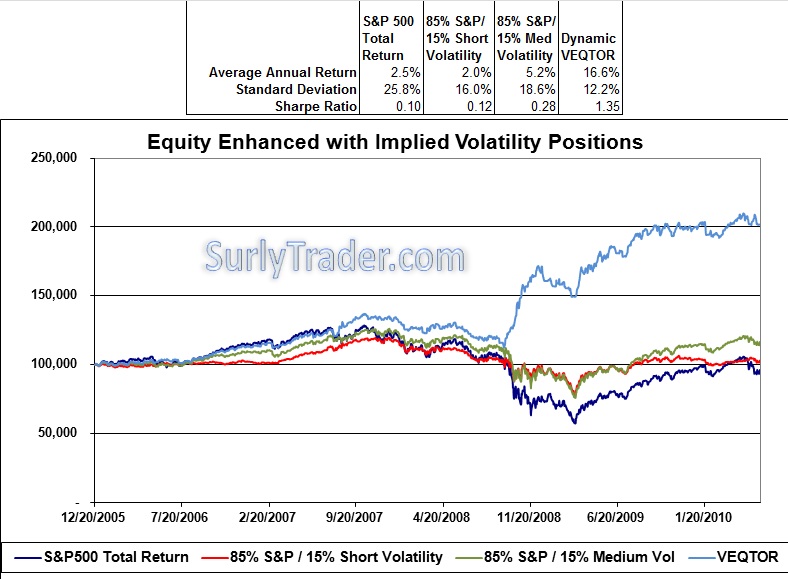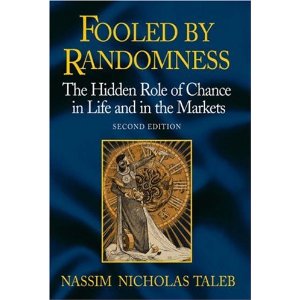
Is skipping breakfast now and then really so bad? The idea of intermittent/short-term fasting is to boost growth hormone (GH) levels via fasting anywhere from 12- 48 hours at a time INFREQUENTLY so the body does not adapt with slowing metabolism. GH is important for several reasons,
1) GH helps the body gain/retain lean muscle tissue
2) GH boosts fat utilization
3) GH increases bone density
4) GH increases skin thickness for youthful looks
I became first interested in 2005 having reviewed a research paper by Louise Moller MD. As expected, this concept has become relatively well known in the bodybuilding circles today. Here're some pretty informative excerpts from an interview from Leigh Peele with Martin Berkhan.
Interview source
"
Leigh Peele- What was it that drove you to intermittent fasting? Is this an idea you have been toying with for sometime?
Martin Berkhan- ... I started to question the need for regular feedings and the way it was constantly being pushed as the most optimal way to eat for physique conscious people. The science certainly didn’t support the approach, so how come everyone was ranting about high meal frequency patterns being ideal?
...
Was eating every second or third hour important in order to “stoke the metabolic fire”? No, there was no scientific support for that idea and studies on the subject were carefully controlled, showing no correlation at all between meal frequency and metabolism.
...
Digestion of a regular meal takes about 6-7 hours and during this time amino acids are being released into the bloodstream. 30 g’s of casein takes about 7 hours to get fully assimilated. Double that amount and you will have amino acids in the bloodstream most of your waking hours.
...
There are also some correlation studies showing a link between high meal frequency and lower bodyweight in the general population, but this is easily explained when you look at the behavioral aspects surrounding low meal frequencies among “regular” people. For example, your average low meal frequency eater is usually a spontaneous eater, snacks between meals and has no clue about proper nutrition (a snickers bar on the go, maybe something from the vending machine after lunch, and so forth).
Leigh Peele-Can you give us a really brief rundown into the bare basic principals of your approach to IF? The quick and easy if you will.
Martin Berkhan- Intermittent Fasting involves a longer period of no food intake followed by a relatively brief period of eating. There’s not really a clear cut definition of it, and studies looking at IF, and human subjects, have been using a wide range of fasting periods; 20 hours in a recent study and up to 48 hours in studies on ADF (Alternate Day Fasting). This is where it becomes a bit problematic with regards to weight training and diet adherence...
...
My take on IF shortens the fasting period down to 16 hours – in my opinion, an ideal compromise between getting the best out of the fasting, without the negatives that may follow with a longer fast. This leaves eight hours as your eating window, in which myself and most of my clients, eat three meals, leaving room for proper pre – and post workout nutrition. I should note that I cycle calorie intake depending on where the current priority lies (fat loss, recomposition or lean mass gain). However, regardless of goals, the absolute majority of the day’s calorie intake is to be ingested in the post workout window. In my experience, this may have a nutrient partitioning effect which makes it possible to gain, or maintain, muscle even on a weekly calorie deficit, or when dieting to very low bodyfat levels.
Leigh Peele-Is it safe to say then that even with IF, just as any other fat loss plan, overall energy (in an out) is still just as important? That the users of IF need to understand that this isn’t some sort of free pass to binge on any and everything, they still need to fit it within their caloric needs for daily energy? This would make “eating to your hearts content” mean more like “don’t be stupid and scarf down a box of doughnuts correct?
Martin Berkhan-Exactly...
"












